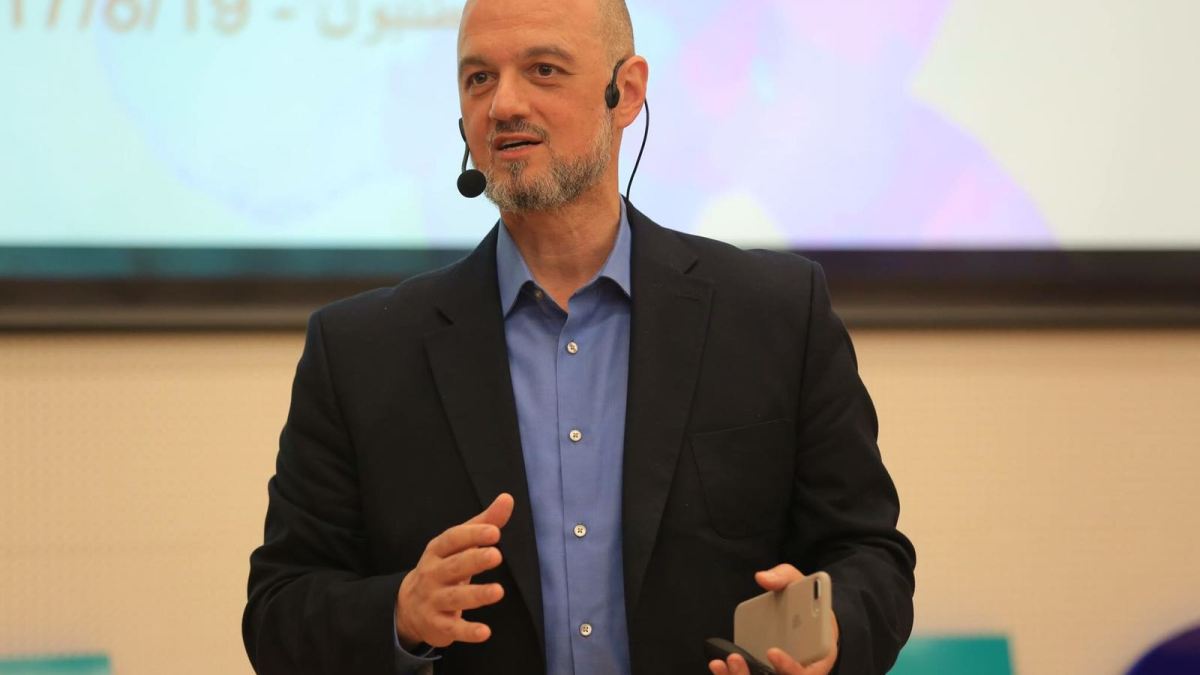Who was Anna Mani, and why does Google honour her today? | Science and Technology News
Mani was an innovative scientist recognised for her contributions to India’s weather forecasts and her research on renewable energy.
Indian scientist and entrepreneur Anna Mani would have been 104 on August 23.
In her honour, Google has changed its doodle in the United States and India to an illustration of her and her work.
This is her story:
Early life
-
Mani was born in Peermade in the former state of Travancore, which is currently known as Kerala, in 1918.
-
Her father was a civil engineer who owned cardamon estates. She was the seventh of eight children and a keen reader.
-
According to local reports, when she turned eight, Mani declined a set of diamond earrings as a gift and instead chose the Encyclopedia Britannica.
-
A visit by Mahatma Gandhi to her hometown in 1925 made a deep impression on her.
-
As a result of the visit, Mani decided to wear homespun cotton clothing – khadi – as a symbol of her nationalist feelings.
-
By the age of 12, she had read almost every book available at her local public library and developed a strong desire to pursue higher studies.
Higher education
-
Mani pursued a Bachelor of Science degree with honours in physics and chemistry from Presidency College in Chennai (then Madras).
-
During her education, she was drawn to socialist ideas, and at the age of 22, she earned a scholarship at the Indian Institute of Science.
-
She worked on the spectroscopy of diamonds and rubies; her work led to five research papers and a PhD dissertation.
-
While her dissertation involved ample research work, she was refused a PhD as she did not have a master’s degree. However, she was awarded a government scholarship for an internship in England.
- In 1945, when she was 27, she went to the Imperial College London and specialised in meteorological instrumentation. During that time, she studied instruments, their calibration and standardisation.
Return to India
-
Mani returned to India three years later, in 1948, and she joined the Indian Meteorological Department.
-
Before 1947, simple instruments like thermometers were imported. During her time at the department, she helped the country manufacture its weather instruments, and in 1953, she became the head of the division.
-
This was not a simple task; she worked with 121 men under her, and she assembled a group of Indian scientists and engineers to carry on the task.
-
The scientists standardised the drawings for nearly 100 different weather instruments and started their production. Mani was particularly interested in solar energy and set up a network of stations in India to measure solar radiation.
-
Initially, her team used imported equipment, but soon she designed and manufactured a range of radiation instruments.
Wrong measurements are worse than no measurements
-
The scientist believed that incorrect measurements were worse than none.
-
She insisted on proper design and accurate calibration. In 1960, she started research on measuring atmospheric ozone.
-
“Unless instruments are properly designed and built, accurately calibrated and correctly exposed and read, meteorological
measurements have no meaning,” she told the United Nations. -
She designed an instrument to measure atmospheric ozone and set up a meteorological observatory. She also became a member of the International Ozone Commission.
-
Mani retired as the deputy director-general of the Indian Meteorological Department in 1976. She also held positions in the United Nations World Meteorological Organization, and in 1987, she received the INSA K. R. Ramanathan Medal.
-
In an interview, when asked about any advice she could offer young scientists, she said: “We have only one life. First equip yourself for the job, make full use of your talents and then love and enjoy the work, making the most of being out of doors and in contact with nature.”
-
During the 1980s, she started a company specialising in precision instruments to measure solar radiation and wind speed.
-
She authored two books on solar radiation that became standard reference guides for engineers and scientists.
- In 1994, Mani had a stroke that left her immobilised. She died on August 16, 2001, at the age of 83.




